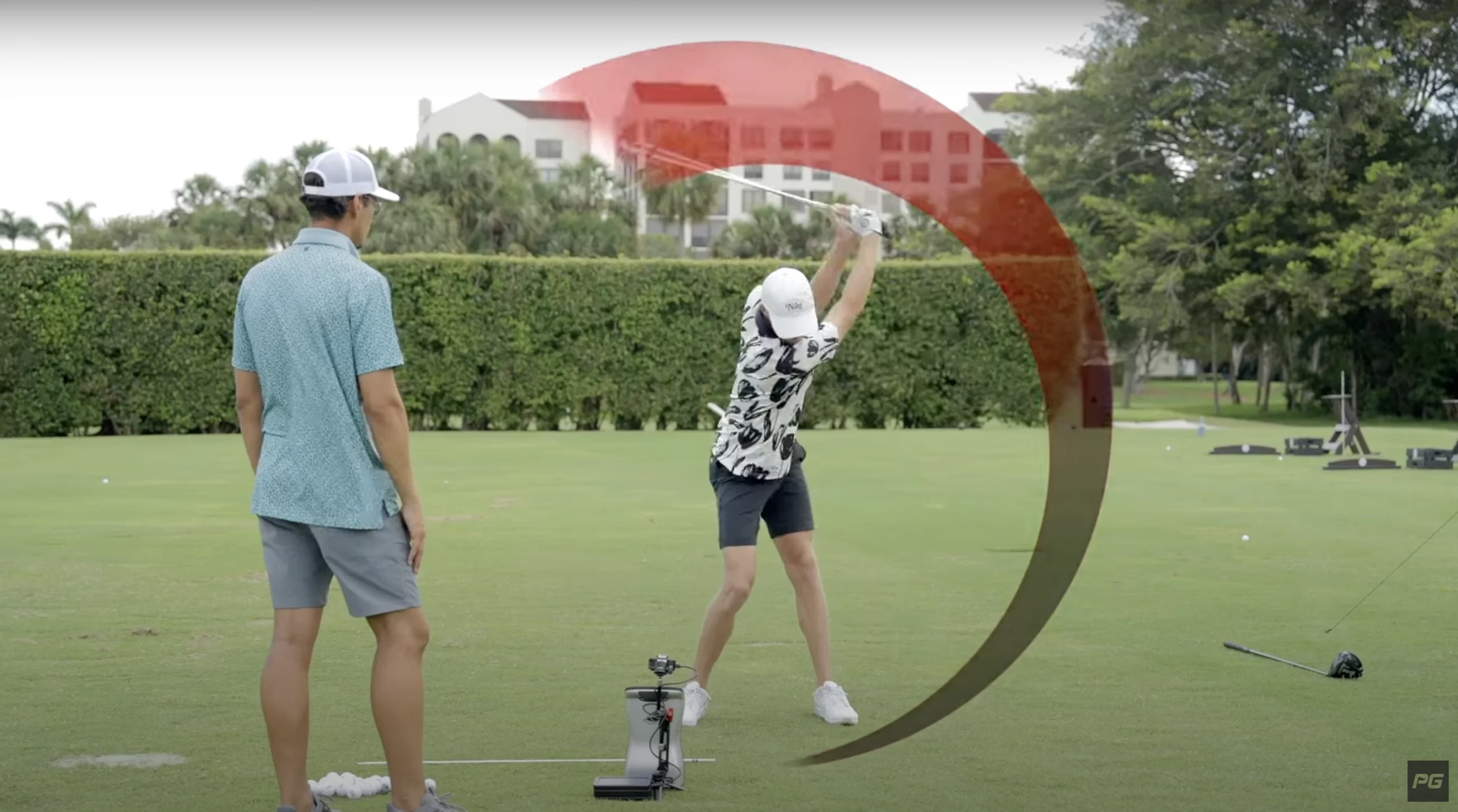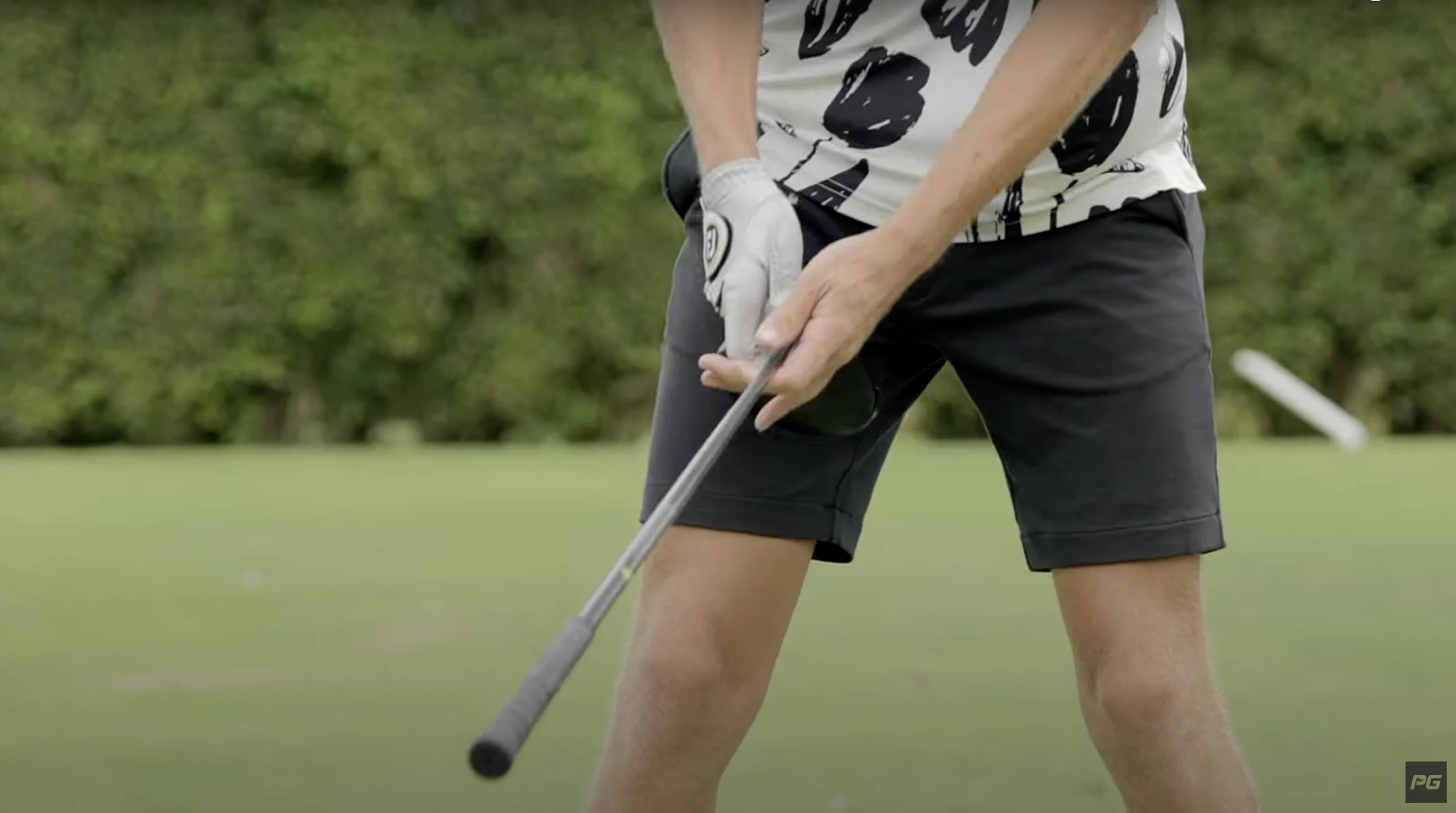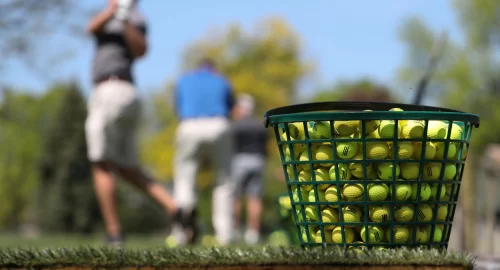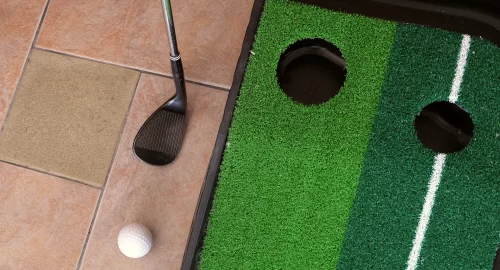
One of the key factors that separates professionals from amateur golfers is ball speed. Higher ball speeds lead to longer drives and can significantly improve your game scoring overall.
So how do the pros achieve such high speeds? Through specific techniques and focused drills that can help increase ball speed by 10 mph or more. This post will break down three essential golf training drills that can add extra speed to the golf swing and take your game to the next level.
Be sure to watch the video first, then come back for a more in depth guide on techniques for adding ball speed to your golf swing!
Starting Point: Setting a Speed Goal
For many golfers, ball speed plateaus in the 150-160 mph range, but with the right approach, it’s possible to push beyond that. Setting a goal is the first step. For example, going from 160 mph to 170 mph can seem daunting, but with measurable steps and proper technique, it becomes achievable. With this mindset, you can begin focusing on drills and techniques that maximize clubhead speed and overall ball speed.
Step 1: Speeding Up the Backswing
One of the most effective ways to increase ball speed is by speeding up the backswing. This method doesn’t require changing your overall swing mechanics. Instead, it’s about focusing on accelerating the club during the backswing, which helps generate more energy for the downswing.
A great drill to practice this involves using heavier clubs to exaggerate the motion. Swing these clubs as fast as possible to build strength and speed in your swing. When you switch back to your driver, it will feel lighter, and you’ll naturally be able to swing faster.
Simply increasing the speed of the backswing can result in an immediate boost in ball speed, often adding several miles per hour without compromising control or technique.
Step 2: Master the Whip Effect
Next, focus on the “whip” effect in your swing. This refers to how efficiently energy is transferred through the club at the point of impact. For maximum speed, you want to release energy as the club passes the ball, not too early or too late. This is what creates the “whip” sound, which indicates that the club is accelerating at the right moment.

One way to practice this is by flipping the club upside down and swinging it as hard as you can, listening for that distinct whoosh sound. Aim for the whoosh to occur just after the point of contact with the ball, ensuring energy is released at the optimal time. This drill can help golfers refine their timing, adding additional clubhead speed and improving ball flight.
Step 3: The Step Drill for Power
To further increase speed, pros often use a step drill to incorporate more power from the lower body. The drill focuses on shifting weight to the lead foot during the swing. By stepping forward with your lead foot as you start your downswing, you can engage ground forces and generate extra momentum.
Incorporating this step into your swing adds another layer of power and helps you release energy through impact more effectively. When combined with a fast backswing and a well-timed whip effect, the step drill can give you the final boost you need to break through your ball speed barrier.
Unlocking Pro-Level Ball Speed
Improving ball speed is about making subtle but powerful changes to your swing. By focusing on speeding up the backswing, perfecting the whip effect, and using the step drill to engage your lower body, you can add up to 10 mph or more to your ball speed. These techniques don’t require an overhaul of your entire swing, but rather a fine-tuning of key elements.
Whether you’re looking to improve your distance off the tee or simply want to play more like the pros, incorporating these drills into your practice routine can help you unlock new levels of performance.

